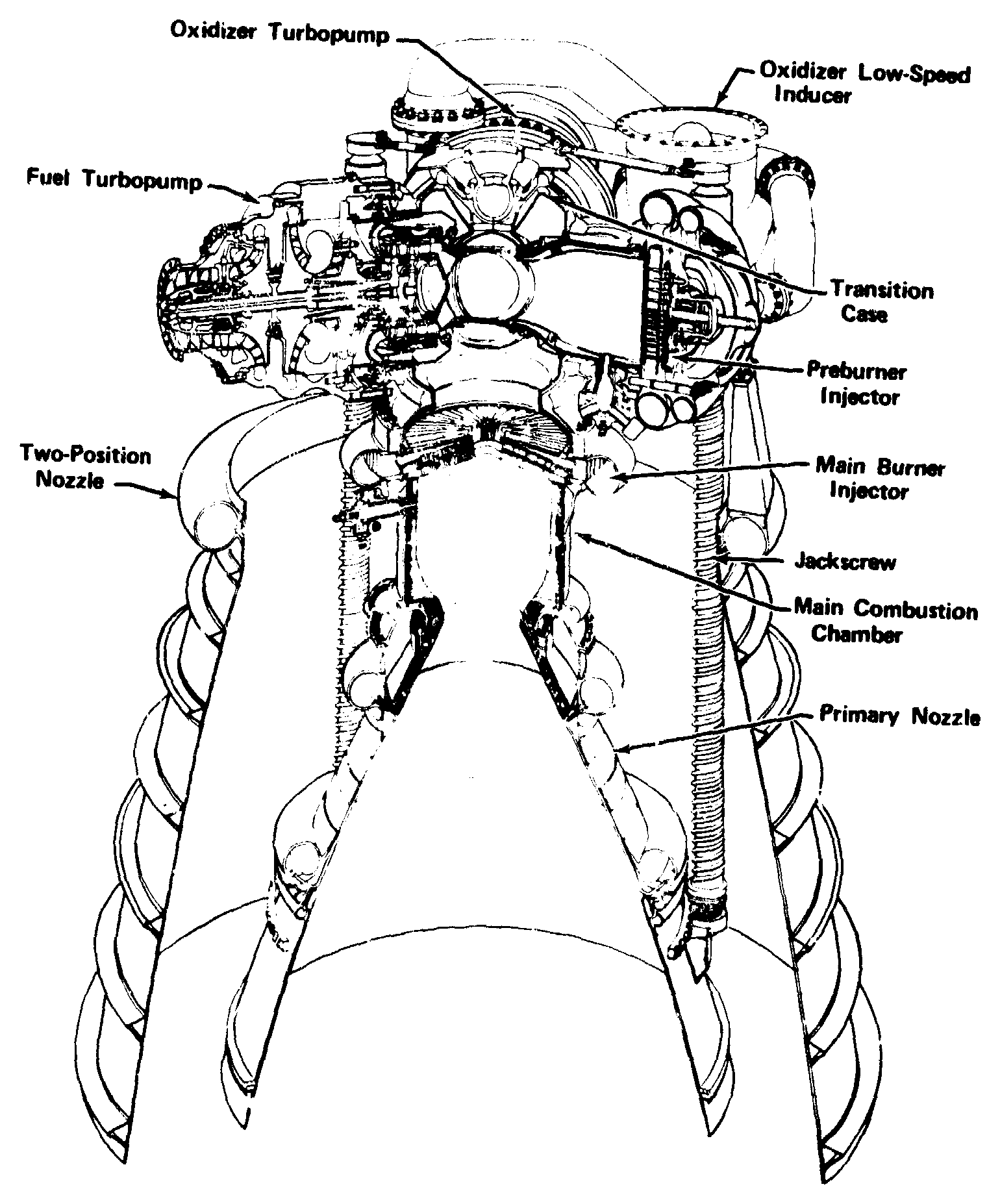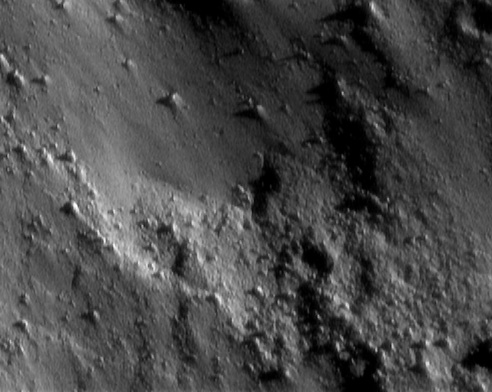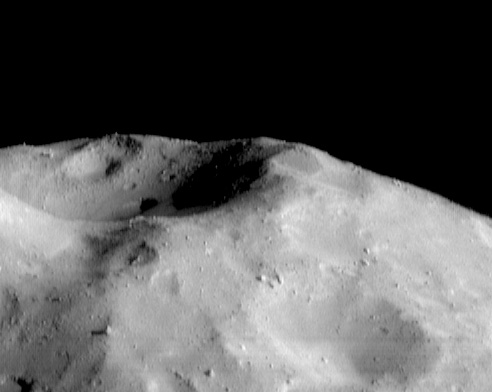Archibald
Banned
[FONT=Verdana, sans-serif][FONT=Verdana, sans-serif]
ON THE SHOULDERS OF APOLLO, PART 10
[/FONT][/FONT]
NASA Headquarters - Washington DC
June 1973
"A Saturn-Titan hybrid ? how about that ?" Simon Ramo was surprised.
"That's my point exactly." the leader of the Marshall team said.
"Imagine Titan solids clustered together, with a Saturn S-IVB above them as the second stage. Ares..."
"What ?"
"ARES - that our rocket name. Not only does that name screams "MARS !" it also has a hidden meaning."
"Which is?"
"Advanced REcoverable Solid. As the name implies, we want to parachute spent solid rocket motors into the ocean. They are essentially rugged steels tubes; its a low risk approach we could even try on a standard Titan."
"I don't like it that much." Ramo said "Solids have a nasty habit of exploding without a warning, and how many of them will be clustered ? you can neither shut down nor even throttle. It is too much of a brute force approach for me."
"We thought about that. A low cost Saturn SIVB combined with clusters of Titan 7-segment, 1,400,000 l b thrust solid rocket motors (SRM) could serve as an interim launch vehicle. Payload such a vehicle could deliver into a 100 nm 28 degree easterly orbit was calculated for several launch configurations made up of four to eight SRM as the first stage, either one or two SRM as the second stage, and the SIVB as the third stage.
The analysis took into account the aerodynamic load limitations of the SIVB but did not fully consider other aerodynamic effects that might result from the different configurations. Results indicated payloads ranging from 88,000 lb for a four SRM first stage and one SRM second stage to 121,000 lb for six and two.
If the present SIVB aerodynamic load limits can be exceeded, payloads as high as 148,000 lb may be obtained with an eight and two SRM configuration.That, with the J-2 or its much simplified variant the J-2S.
Now there's one hell of a better engine that was partially tested a while back. It is called the XLR-129, and was to power ISINGLASS, once the SR-71 / A-12 ultra fast successor. Pratt&Whitney tried to sold it as the space shuttle main engine, but they were told thrust was too low.
The XLR-129 has an extremely high level of performance, much higher than the J-2. In fact it is so good that a S-IVB powered by it could haul itself into orbit with an impressive payload even if boosted only by low performance solids.
Our numbers show that a cluster of eight Titan solids topped with a XLR-129 could launch 180 000 pounds of payload to Earth orbit. This is high enough that such a monster of launcher could try and replace the Saturn V."
Ramo sighed
"Indeed the budget cutters are killing us, and that huge Saturn V stands like an immense, fat target."
"We know that. ARES would drop costs by recovering the solids while the other part of the system - the XLR-129 S-IVB - would have superb performance. It would make for an impressive Earth-Moon tug. Cost could be as low as 100$ a pound to orbit, a number targeted by the long cancelled space shuttle. Unlike the shuttle that low cost doesn't come from reusability but from the other way around, that is, cheap and dirty subsystems. Solids don't cost much; neither the J-2 nor the S-IVB structure are really expensive. The more S-IVB and solids we build, the lower the cost. And we have all that Titan and Saturn experience to build from. There might be two variants, one with the J-2 for Earth orbit duties such as hauling loads of propellants; and at a later date the XLR-129 could enhance performance on the Earth-Moon trajectory."
"Ok, you convinced me. But - a Saturn Titan hybrid, how do we call that ?Satan ?" Ramo said, laughing. "Sounds much less politically correct than Ares. Yet I'm quite sure the astronaut corp will call it Satan rather than Ares. Oh well."
ON THE SHOULDERS OF APOLLO, PART 10
[/FONT][/FONT]
NASA Headquarters - Washington DC
June 1973
"A Saturn-Titan hybrid ? how about that ?" Simon Ramo was surprised.
"That's my point exactly." the leader of the Marshall team said.
"Imagine Titan solids clustered together, with a Saturn S-IVB above them as the second stage. Ares..."
"What ?"
"ARES - that our rocket name. Not only does that name screams "MARS !" it also has a hidden meaning."
"Which is?"
"Advanced REcoverable Solid. As the name implies, we want to parachute spent solid rocket motors into the ocean. They are essentially rugged steels tubes; its a low risk approach we could even try on a standard Titan."
"I don't like it that much." Ramo said "Solids have a nasty habit of exploding without a warning, and how many of them will be clustered ? you can neither shut down nor even throttle. It is too much of a brute force approach for me."
"We thought about that. A low cost Saturn SIVB combined with clusters of Titan 7-segment, 1,400,000 l b thrust solid rocket motors (SRM) could serve as an interim launch vehicle. Payload such a vehicle could deliver into a 100 nm 28 degree easterly orbit was calculated for several launch configurations made up of four to eight SRM as the first stage, either one or two SRM as the second stage, and the SIVB as the third stage.
The analysis took into account the aerodynamic load limitations of the SIVB but did not fully consider other aerodynamic effects that might result from the different configurations. Results indicated payloads ranging from 88,000 lb for a four SRM first stage and one SRM second stage to 121,000 lb for six and two.
If the present SIVB aerodynamic load limits can be exceeded, payloads as high as 148,000 lb may be obtained with an eight and two SRM configuration.That, with the J-2 or its much simplified variant the J-2S.
Now there's one hell of a better engine that was partially tested a while back. It is called the XLR-129, and was to power ISINGLASS, once the SR-71 / A-12 ultra fast successor. Pratt&Whitney tried to sold it as the space shuttle main engine, but they were told thrust was too low.
The XLR-129 has an extremely high level of performance, much higher than the J-2. In fact it is so good that a S-IVB powered by it could haul itself into orbit with an impressive payload even if boosted only by low performance solids.
Our numbers show that a cluster of eight Titan solids topped with a XLR-129 could launch 180 000 pounds of payload to Earth orbit. This is high enough that such a monster of launcher could try and replace the Saturn V."
Ramo sighed
"Indeed the budget cutters are killing us, and that huge Saturn V stands like an immense, fat target."
"We know that. ARES would drop costs by recovering the solids while the other part of the system - the XLR-129 S-IVB - would have superb performance. It would make for an impressive Earth-Moon tug. Cost could be as low as 100$ a pound to orbit, a number targeted by the long cancelled space shuttle. Unlike the shuttle that low cost doesn't come from reusability but from the other way around, that is, cheap and dirty subsystems. Solids don't cost much; neither the J-2 nor the S-IVB structure are really expensive. The more S-IVB and solids we build, the lower the cost. And we have all that Titan and Saturn experience to build from. There might be two variants, one with the J-2 for Earth orbit duties such as hauling loads of propellants; and at a later date the XLR-129 could enhance performance on the Earth-Moon trajectory."
"Ok, you convinced me. But - a Saturn Titan hybrid, how do we call that ?Satan ?" Ramo said, laughing. "Sounds much less politically correct than Ares. Yet I'm quite sure the astronaut corp will call it Satan rather than Ares. Oh well."
Last edited:




